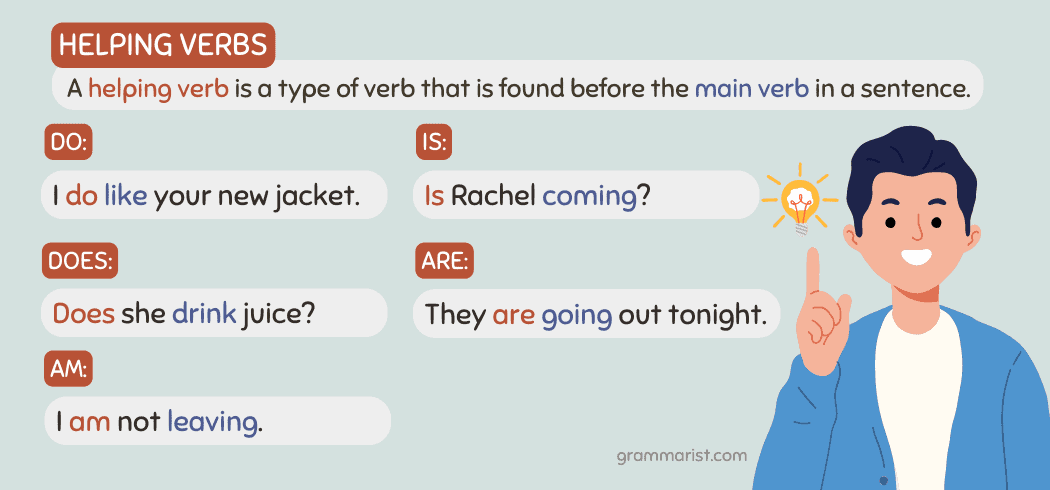Patrons of the Arts: Meaning, Impact, and the Legacy of Florence’s Greatest Supporters
Understanding What a Patron of the Arts Means
The term patron of the arts refers to an individual, group, or organization that actively supports artists and creative endeavors, typically through financial contributions, resources, commissions, or advocacy. Historically, this support has enabled artists to produce works that might otherwise be impossible due to material costs, lack of studio space, or limited income. Patrons can be private individuals, families, government bodies, corporations, or philanthropic foundations. Their involvement is often motivated by a passion for art, a desire for cultural prestige, or even the wish to be immortalized through artistic legacy. [1] [3]
Patronage goes beyond just financial support. It can include commissioning new works, funding exhibitions, advocating for public art, or purchasing and preserving art for future generations. In many cases, patrons have shaped the course of art history by enabling the careers of now-renowned artists and influencing the subjects or styles of their works. [4]

Source: historygreekandrome.weebly.com
The Importance of Art Patronage
Art is often a resource-intensive pursuit, requiring not only materials and tools but also the time and freedom to create. Without external support, many artists-especially those at the start of their careers-struggle to sustain their practice. Patrons fill this crucial gap, making artistic innovation and cultural development more accessible. Their involvement can lead to the creation of new artistic styles, the preservation of important cultural artifacts, and the enrichment of public and private spaces. [1]
Patronage in Florence: The Birthplace of Artistic Innovation
During the Renaissance, Florence was a center of artistic and cultural transformation, largely due to significant patronage. This era saw an unprecedented flourishing of the arts, with painters, sculptors, architects, and thinkers producing works that defined Western culture. The economic prosperity of Florence, combined with the ambitions of its elite, created ideal conditions for patronage to thrive. [2]
Who Were the Great Patrons of the Arts in Florence?
The most celebrated patrons in Florence were the Medici family . This influential banking dynasty dominated Florentine life for generations and used their wealth to support artists such as Leonardo da Vinci, Michelangelo, Botticelli, and Donatello. The Medici sponsored public art projects, built churches and palaces, and amassed private collections that set the standard for European courts. [2]
Other notable patrons included:

Source: goatbots.com
- Lorenzo de’ Medici (Lorenzo the Magnificent): Perhaps the most famous Medici patron, he provided direct support and commissions to many Renaissance masters, fostering an environment where artistic and intellectual pursuits flourished.
- The Catholic Church: Religious institutions in Florence, including the cathedral (Duomo) and various guilds, commissioned altarpieces, frescoes, and sculptures, often serving as both patrons and curators of the city’s artistic output.
- Other Wealthy Families: Beyond the Medici, families like the Strozzi and the Sassetti played important roles, commissioning public works and private chapels adorned with masterpieces.
The impact of these patrons was transformative. Florence became a beacon for talent and innovation, attracting artists from across Europe. The city’s streets, churches, and palaces still bear witness to this golden age of patronage.
How Art Patronage Worked in Renaissance Florence
Patronage in Florence was structured through personal relationships, contracts, and negotiations. Wealthy individuals or institutions would commission specific works, often dictating subject matter, size, location, and sometimes even artistic style. In return, artists received not only payment but also social prestige and future opportunities.
Patrons also used art for personal and political gain: to display wealth, cement status, promote religious or civic ideals, and ensure their family names endured. The Medici, for example, used their art collections and commissions to reinforce their power and cultural leadership. [2]
Practical Steps to Engage with Art Patronage Today
If you are interested in becoming a modern patron or supporting the arts, there are several actionable pathways:
- Direct Support: You can support artists directly by purchasing their work, commissioning new pieces, or providing resources such as studio space. Many artists sell their work through reputable online platforms or galleries.
- Join Philanthropic Organizations: Numerous foundations and nonprofits support the arts. Consider joining or donating to organizations that align with your interests. Search for local or national arts foundations and review their application or donation procedures.
- Engage with Community Art Projects: Many cities have public art programs or community initiatives. You can participate by volunteering, advocating for funding, or becoming a member of cultural institutions like museums or theaters.
- Support via Arts Councils: In many countries, government arts councils fund artists and projects. You can contribute by applying for memberships, attending events, or volunteering. In the United States, explore the National Endowment for the Arts (nea.gov) for federal opportunities.
- Corporate and Business Sponsorships: If you represent a business, consider sponsoring exhibitions, residencies, or public installations. This can enhance your brand’s community profile while supporting cultural development.
When seeking opportunities to become a patron, use search terms like “support local artists,” “art foundations near me,” or “museum membership programs.” Always verify the credibility of organizations before making contributions.
Challenges and Solutions in Modern Patronage
Becoming a patron today carries distinct challenges. With the proliferation of online platforms, it can be difficult to distinguish reputable artists and organizations from less established ones. To address this, always research artist backgrounds, look for reviews, and verify affiliations with credible institutions. Consider attending local exhibitions and forming personal connections with artists and cultural leaders.
For those without significant financial resources, remember that advocacy, volunteering, or even sharing an artist’s work on social media are valuable forms of support. Many organizations offer tiered membership or sponsorship programs, allowing for involvement at multiple levels. [1]
Key Takeaways and Future Opportunities
Patronage has been a driving force behind the world’s greatest artistic achievements. Florence’s Renaissance legacy demonstrates how strategic support from individuals and institutions can transform a city-and, by extension, an entire culture. Today, you can carry on this tradition by seeking involvement in the arts, whether as a donor, advocate, or active supporter.
To get started, identify your preferred area of support-visual arts, music, theater, or digital arts-and research local and national organizations. Contact museums, galleries, or universities for guidance on philanthropic opportunities. If you wish to commission work, reach out directly to artists or their representatives, ensuring clear communication and mutual understanding of terms.
If you are unsure about how to begin, consider speaking with a local arts council or visiting a nearby museum for information sessions on becoming a patron. Most institutions welcome new supporters and can provide structured pathways for involvement.



